Deciphering Chance: A Comprehensive Guide to Mutually Exclusive Events in Probability
Understanding mutually exclusive events in probability is an essential skill for interpreting various statistical outcomes. Here's a comprehensive step-by-step guide to understanding mutually exclusive events.

Step-by-step Guide to Deciphering Mutually Exclusive Events in Probability
Here is a step-by-step guide to deciphering mutually exclusive events in probability:
Step 1: Define Mutually Exclusive Events
- Mutually exclusive events are events that cannot happen at the same time. For instance, when flipping a coin, the event of getting heads and the event of getting tails are mutually exclusive because they cannot both occur on a single coin flip.
Step 2: Recognize the Key Property
- The key mathematical property of mutually exclusive events is that the probability of their intersection is zero. In probability notation, if \(A\) and \(B\) are mutually exclusive, \(P(A ∩ B) = 0\).
Step 3: Use Venn Diagrams
- Venn diagrams can help visualize mutually exclusive events. Draw two non-overlapping circles, each representing an event. The fact that they don’t overlap shows the impossibility of both events occurring together.
Step 4: Calculate Probabilities
- For mutually exclusive events, the probability of either event occurring is the sum of their individual probabilities. So, if \(P(A)\) is the probability of event \(A\), and \(P(B)\) is the probability of event \(B\), then the probability of \(A\) or \(B\) occurring is \(P(A) + P(B)\).
Step 5: Apply Real-World Examples
- Consider a deck of cards. The event of drawing an ace \((A)\) and the event of drawing a queen \((B)\) are mutually exclusive. If you draw one card, it can’t be both an ace and a queen.
Step 6: Understand Non-Mutually Exclusive Events
- Not all events are mutually exclusive. For example, drawing a red card and drawing an ace are not mutually exclusive because you could draw the ace of hearts or diamonds, which are both red aces.
Step 7: Explore Complex Scenarios
- Complex probability problems often involve a mix of mutually exclusive and non-mutually exclusive events. Analyzing each event’s relationship is crucial before applying probability rules.
Step 8: Distinguish from Independent Events
- Don’t confuse mutually exclusive events with independent events. Independent events have no impact on each other’s occurrence, while mutually exclusive events have a direct relationship because the occurrence of one prevents the occurrence of the other.
Step 9: Experiment and Practice
- Use dice, cards, or coins to create scenarios that help you practice identifying and calculating probabilities for mutually exclusive events. Practical application reinforces conceptual understanding.
Step 10: Review and Test Understanding
- After studying, test your understanding by creating your own problems or by teaching the concept to someone else. Review any mistakes and ensure you understand why they were incorrect.
By following these steps, you should gain a clear and complete understanding of mutually exclusive events, which is a fundamental concept in the study of probability.
Examples:
Example 1:
Are the events “drawing a queen from a standard deck of cards” and “drawing a heart” mutually exclusive?
Solution:
No, these events are not mutually exclusive. Although they are distinct events, they can occur simultaneously. This is because there is a queen of hearts in a standard deck of cards. Drawing this card would mean both events have occurred at the same time. Therefore, they can’t be considered mutually exclusive.
Example 2:
Are the events “rolling a number less than \(2\) on a six-sided die” and “rolling a number greater than \(4\)” mutually exclusive?
Solution:
Yes, these events are mutually exclusive. The only number on a six-sided die that is less than \(2\) is \(1\). The numbers greater than \(4\) are \(5\) and \(6\). There is no overlap between the set {\(1\)} and the set {\(5, 6\)}. Therefore, it is impossible to roll a die and have the outcome be both less than \(2\) and greater than \(4\) at the same time. Hence, the events are mutually exclusive.
Related to This Article
More math articles
- The Ultimate PSAT Math Course (+FREE Worksheets & Tests)
- How to Simplify Complex Fractions? (+FREE Worksheet!)
- Number Properties Puzzle – Challenge 3
- ISEE Middle-Level Math FREE Sample Practice Questions
- How much Does It Cost to Retake the CBEST Test?
- The Ultimate Middle School Math Course (+FREE Worksheets)
- How to Unlock the Essentials: A Comprehensive Guide to Factors, GCD, Factorization, and LCM
- ASTB Math Practice Test Questions
- Top 10 CLEP College Algebra Practice Questions
- How to Prepare for the PERT Math Test?
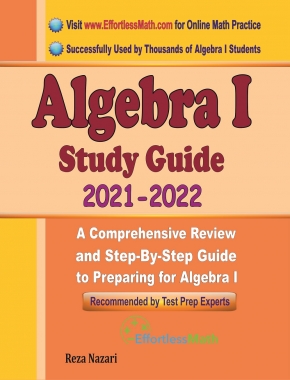
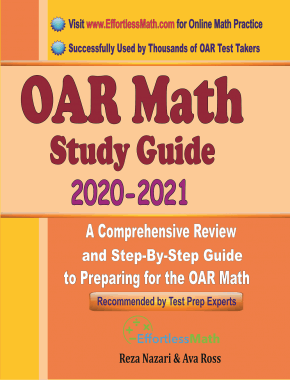
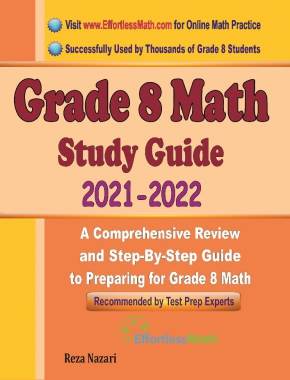
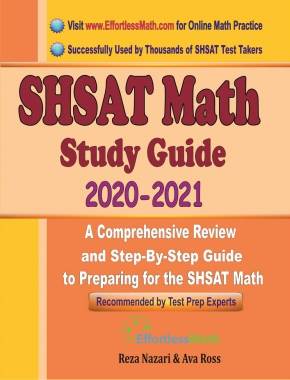
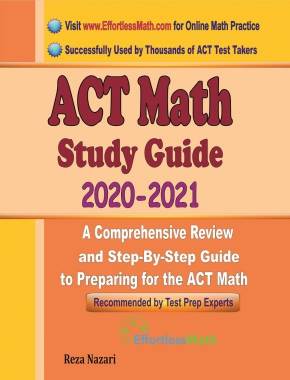
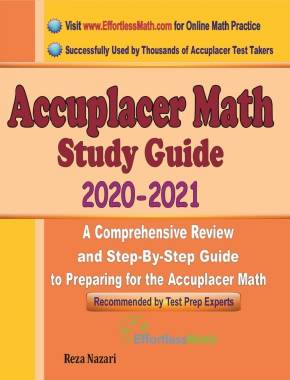
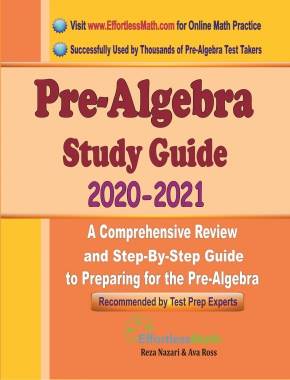
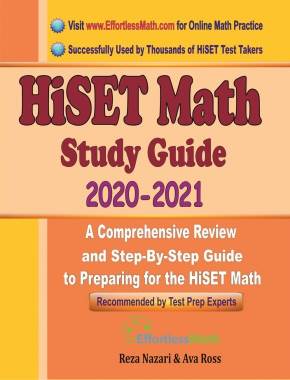
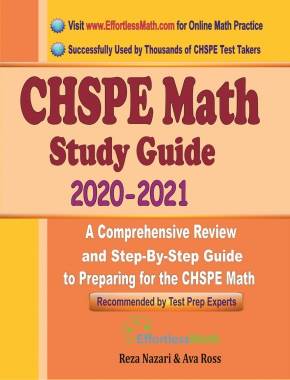
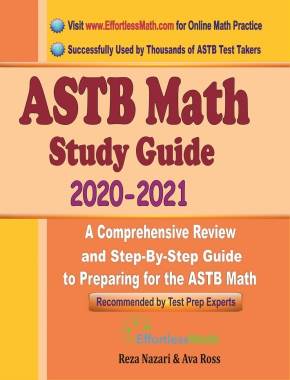
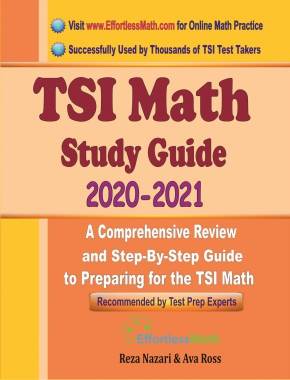
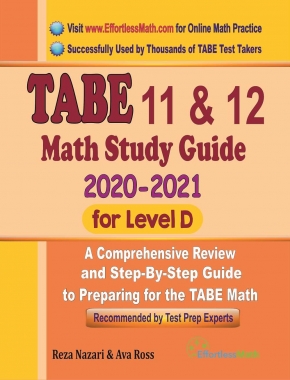
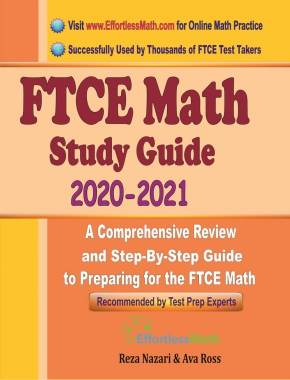
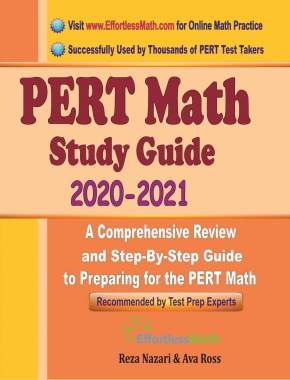
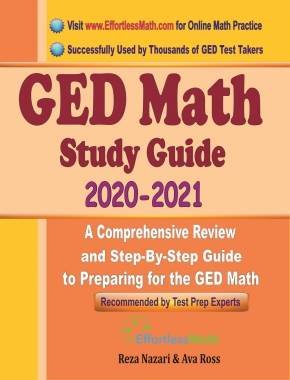




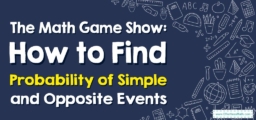
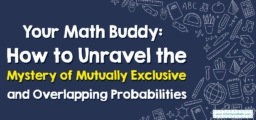
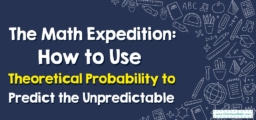




What people say about "Deciphering Chance: A Comprehensive Guide to Mutually Exclusive Events in Probability - Effortless Math: We Help Students Learn to LOVE Mathematics"?
No one replied yet.